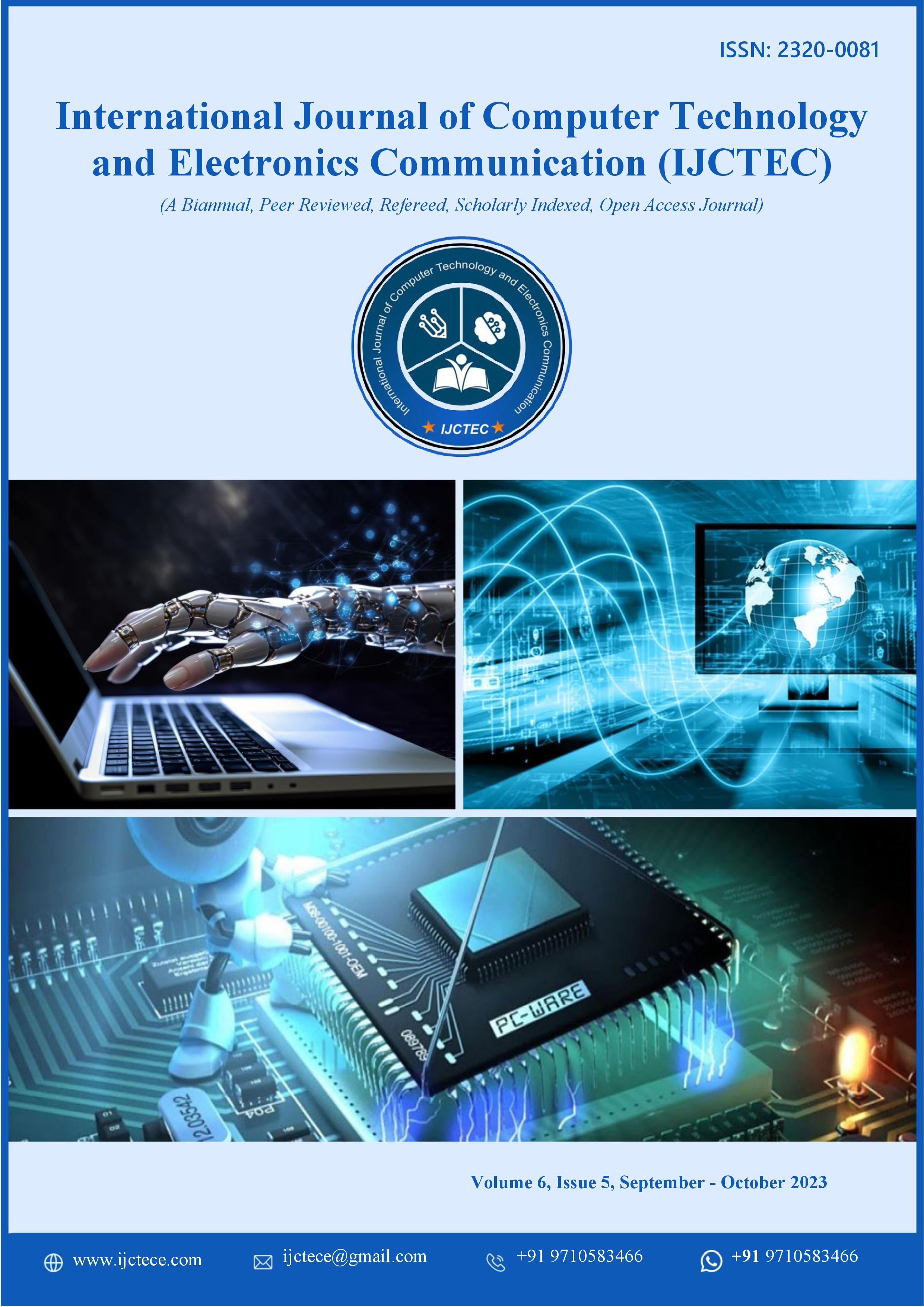AI-Driven Sustainability in SAP Supply Chains: ML Models for Green Logistics and Carbon Reduction
DOI:
https://doi.org/10.15680/rw9x1s11Keywords:
AI, Machine Learning, Sustainability, SAP, Green Logistics, Carbon Reduction, Supply Chain Management, Predictive Analytics, Emissions Monitoring, Environmental ImpactAbstract
Sustainability in supply chains has become a critical concern for organizations aiming to reduce environmental impact while maintaining operational efficiency. Artificial Intelligence (AI) and Machine Learning (ML) technologies integrated with SAP supply chain management systems offer powerful tools to advance green logistics and carbon reduction initiatives. This paper explores the development and application of AI-driven ML models within SAP environments to optimize sustainable supply chain practices. By leveraging data from transportation, warehousing, procurement, and production processes, these models analyze energy consumption, emissions, and logistics patterns to identify opportunities for carbon footprint reduction.
The integration of ML algorithms enables predictive analytics for route optimization, demand forecasting, and inventory management, leading to reduced fuel consumption, waste, and greenhouse gas emissions. SAP’s comprehensive supply chain modules, combined with AI-driven sustainability models, facilitate real-time monitoring and reporting of environmental metrics, allowing organizations to align with global sustainability goals and regulatory requirements.
This research synthesizes current methodologies, case studies, and frameworks demonstrating how AI-enhanced SAP systems can drive sustainable logistics and operational decisions. It also highlights challenges such as data integration complexity, model accuracy, and organizational change barriers. Through empirical analysis and qualitative feedback, the study provides practical insights and recommendations for implementing AI-driven sustainability initiatives in supply chains.
Ultimately, this paper contributes to the growing literature on sustainable supply chain management by illustrating how AI and ML embedded in SAP systems can transform green logistics, enabling companies to reduce carbon footprints, improve resource efficiency, and promote environmental responsibility while maintaining competitive advantage.
References
1) Bai, C., & Sarkis, J. (2020). Green logistics and supply chain management: A review and bibliometric analysis. Journal of Cleaner Production, 258, 120764. https://doi.org/10.1016/j.jclepro.2020.120764
2) R. Sugumar, A. Rengarajan and C. Jayakumar, Design a Weight Based Sorting Distortion Algorithm for Privacy Preserving Data Mining, Middle-East Journal of Scientific Research 23 (3): 405-412, 2015.
3) Chandra Shekhar, Pareek (2021). Driving Agile Excellence in Insurance Development through Shift-Left Testing. International Journal for Multidisciplinary Research 3 (6):1-18.
4) CHAITANYA RAJA HAJARATH, K., & REDDY VUMMADI, J. . (2023). THE RISE OF INFLATION: STRATEGIC SUPPLY CHAIN COST OPTIMIZATION UNDER ECONOMIC UNCERTAINTY. Turkish Journal of Computer and Mathematics Education (TURCOMAT), 14(2), 1115–1123. https://doi.org/10.61841/turcomat.v14i2.15247
5) Dubey, R., Gunasekaran, A., Childe, S. J., Blome, C., Papadopoulos, T., & Luo, Z. (2019). Big data analytics and artificial intelligence pathway to operational performance under the effects of supply chain risk and environmental management. International Journal of Production Economics, 229, 107776. https://doi.org/10.1016/j.ijpe.2020.107776
6) Kamble, S. S., Gunasekaran, A., & Sharma, R. (2020). Analysis of the driving and dependence power of barriers to adopt Industry 4.0 in supply chain. Computers in Industry, 115, 103154. https://doi.org/10.1016/j.compind.2019.103154
7) S. T. Gandhi, "Context Sensitive Image Denoising and Enhancement using U-Nets," Computer Science (MS), Computer Science (GCCIS), Rochester Institute of Technology, 2020. [Online]. Available: https://repository.rit.edu/theses/10588/
8) Li, B., Hou, B., Yu, W., Lu, X., & Yang, C. (2017). Applications of artificial intelligence in intelligent manufacturing: A review. Frontiers of Information Technology & Electronic Engineering, 18(1), 86–96. https://doi.org/10.1631/FITEE.1601885
9) Lekkala, C. (2020). Leveraging Lambda Architecture for Efficient Real-Time Big Data Analytics. European Journal of Advances in Engineering and Technology, 7(2), 59–64.
10) Devaraju, S., & Boyd, T. (2021). AI-augmented workforce scheduling in cloud-enabled environments. World Journal of Advanced Research and Reviews, 12(3), 674-680.
11) Lu, Y., Morris, K. C., & Frechette, S. (2020). Current standards landscape for smart manufacturing systems. Journal of Manufacturing Systems, 56, 49–61. https://doi.org/10.1016/j.jmsy.2020.05.002
12) Sarkis, J., & Zhu, Q. (2018). Environmental sustainability and production: Taking the road less travelled. International Journal of Production Research, 56(1-2), 744–759. https://doi.org/10.1080/00207543.2017.1402040
13) Begum, R.S, Sugumar, R., Conditional entropy with swarm optimization approach for privacy preservation of datasets in cloud [J]. Indian Journal of Science and Technology 9(28), 2016. https://doi.org/10.17485/ijst/2016/v9i28/93817’
14) Tseng, M.-L., Tan, R. R., Chiu, A. S. F., Sajjad, A., & Hafeez, A. (2021). Circular economy meets industry 4.0: Can digital technology drive sustainability transitions? Resources, Conservation and Recycling, 168, 105311. https://doi.org/10.1016/j.resconrec.2021.105311


